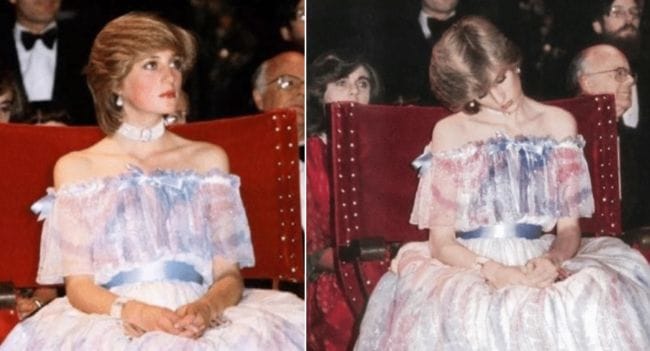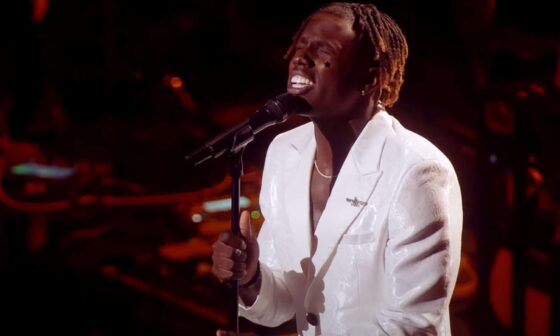To the world, the young Princess Diana radiated grace and poise. At just 20 years old, she dazzled crowds with her elegance, her smile becoming one of the most photographed in history. But behind that radiant image, Diana was human — overwhelmed, exhausted, and adjusting to a life lived permanently under the spotlight.
One of the most famous reminders of this came on November 4, 1981, at the Splendours of the Gonzaga exhibition gala at London’s Victoria and Albert Museum. Newly married to Prince Charles, Diana arrived in a flowing pale blue chiffon gown by Bellville Sassoon. Cameras flashed, fans cheered — and then, in an unforgettable moment, the young princess closed her eyes and appeared to drift off.
A split-second nap, caught on film by royal photographer Tim Graham, instantly became front-page news. The press gave her a new nickname: Sleeping Beauty.
Why Did Diana Fall Asleep?
Royal watchers speculated endlessly, but the truth revealed itself soon after. Exhaustion was only part of the story — Diana was in the early stages of pregnancy with Prince William, something the public did not yet know.
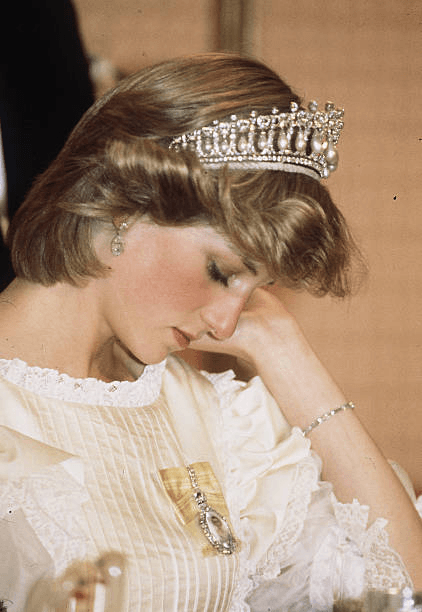
“She had been under extraordinary pressure,” explains royal historian Marlene Koenig. “Diana had just completed her first royal tour of Wales a week earlier, attended the State Opening of Parliament that same day, and was constantly in the public eye. On top of that, she was newly pregnant.”
The day after the infamous photograph appeared in newspapers, Buckingham Palace announced Diana’s pregnancy, confirming the whispers and immediately softening any criticism of her mid-gala nap.
How the Public Reacted
Far from embarrassment, the moment only endeared Diana further to the public. For many, it was proof that even a fairy-tale princess could get tired, just like anyone else. “People thought it was sweet and relatable,” Koenig notes. “The nickname ‘Sleeping Beauty’ was meant affectionately, not as an insult.”
Her pregnancy announcement the following day caused a global stir. Unlike previous royal pregnancies, which were kept mostly private, the palace shared detailed updates. Queen Elizabeth II and Prince Philip even issued public congratulations — a first at the time.
Navigating Pregnancy Under the Spotlight
Diana’s life as an expectant mother was anything but private. Photographers trailed her constantly, capturing everything from official engagements to personal holidays. When, at five months pregnant, she was photographed in a bikini in the Bahamas, the palace was furious at what it considered a gross invasion of privacy.
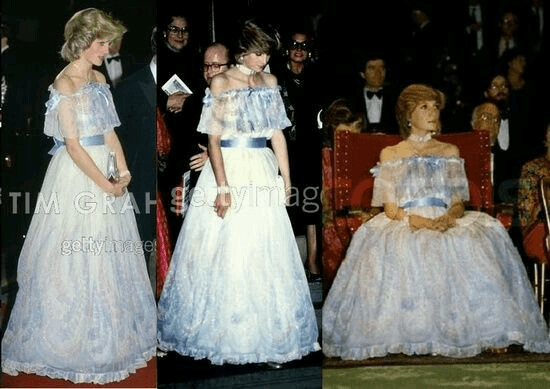
Still, Diana carried her role with remarkable poise. The most iconic moment came in June 1982, when she gave birth to Prince William. Just 24 hours later, Diana appeared on the steps of St. Mary’s Hospital in a green polka-dot dress, cradling her newborn son. The image — which symbolized both vulnerability and strength — became one of the defining royal photographs of the decade.
Decades later, William’s wife, Catherine, Duchess of Cambridge, would echo this moment, wearing her own polka-dot dress when introducing Prince George to the world in 2013.
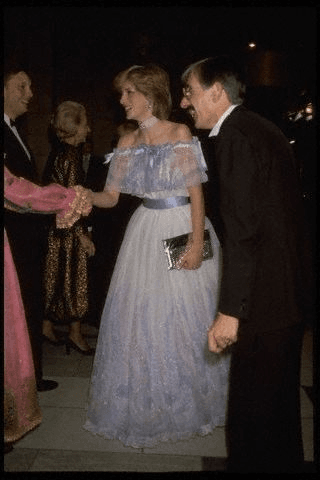
The Legacy of “Sleeping Beauty”
What could have been a minor misstep became one of Diana’s most humanizing moments. It showed that beneath the tiaras and gowns was a young woman juggling exhaustion, duty, and the demands of a relentless monarchy.
Her “Sleeping Beauty” moment was not a scandal — it was a reminder. Diana was more than just a princess; she was a person. And that humanity, as much as her beauty and style, is why the world adored her then — and still mourns her now.
